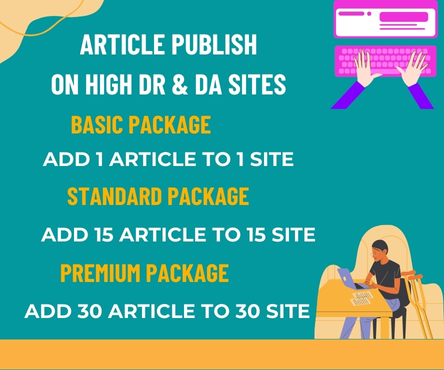The personal injury law industry has traditionally relied on legal expertise, witness testimony, and physical evidence to build cases. However, technology is revolutionizing the way attorneys handle claims, gather evidence, and interact with clients. From artificial intelligence (AI) to digital forensics, modern tools are reshaping the legal landscape and improving efficiency in ways that were once unimaginable. Visit now Houston Personal Injury Lawyer
Digital Evidence and Case Investigation
One of the most significant ways technology is transforming personal injury law is through digital evidence. Surveillance cameras, dashcams, and smartphone footage now provide real-time proof of accidents and injuries. In the past, attorneys had to rely heavily on witness statements, which could be inconsistent or unreliable. Today, video evidence can offer undeniable clarity and support claims with concrete visual proof.
Additionally, vehicle telematics and black box data can reconstruct accident scenes with precision. Modern cars are equipped with sensors that record speed, braking patterns, and impact forces. Attorneys can use this information to establish liability and prove negligence in ways that were previously difficult.
Artificial Intelligence and Legal Research
AI-powered tools are making legal research faster and more accurate. Attorneys once had to spend countless hours poring over legal precedents and case law. Now, AI-driven platforms can analyze thousands of documents in minutes, identifying relevant cases and legal arguments. This allows lawyers to focus on strategy rather than tedious paperwork.
Machine learning algorithms can also predict case outcomes by analyzing past verdicts and settlements. This helps attorneys assess the strength of a claim and provide clients with realistic expectations about potential compensation. By leveraging AI, legal professionals can make data-driven decisions and improve their chances of success.
Virtual Consultations and Client Communication
Technology has made legal assistance more accessible than ever. With video conferencing tools, personal injury attorneys can now consult with clients remotely, eliminating the need for in-person meetings. This is especially beneficial for individuals who are injured and unable to travel.
Chatbots and automated response systems are also enhancing client communication. These AI-powered tools can answer common questions, provide updates on case progress, and streamline the intake process. As a result, clients receive faster responses and a more personalized experience without overwhelming legal staff.
Digital Documentation and E-Signatures
The legal industry has traditionally relied on extensive paperwork, but digital documentation is reducing the need for physical files. Electronic records allow attorneys to store, organize, and retrieve case files with ease. Cloud-based storage solutions ensure that documents are secure and accessible from anywhere.
E-signature technology has also accelerated the legal process. Clients can sign agreements and authorization forms electronically, eliminating the delays associated with physical paperwork. This speeds up case proceedings and improves overall efficiency.
The Role of Virtual Reality and Accident Reconstruction
Another groundbreaking innovation in personal injury law is the use of virtual reality (VR) for accident reconstruction. Attorneys and juries can now experience a 3D simulation of an accident scene, gaining a clearer understanding of how events unfolded.
VR technology helps demonstrate the impact of injuries, making it easier for courts to assess damages. These immersive visuals can be particularly persuasive in settlement negotiations and courtroom presentations.

